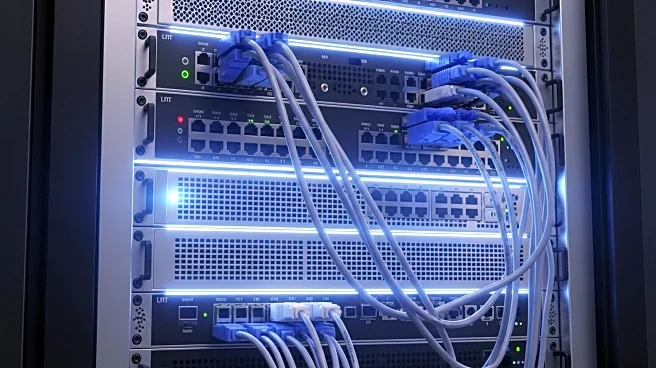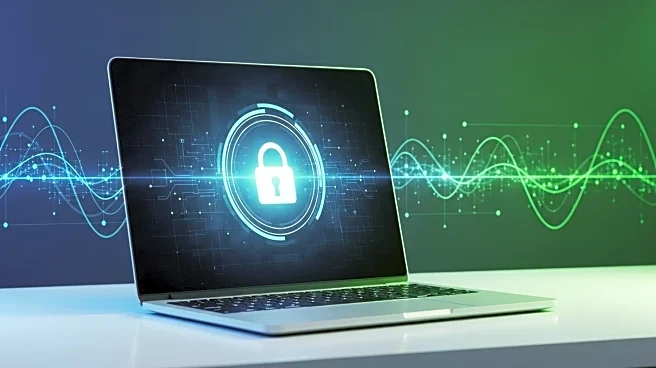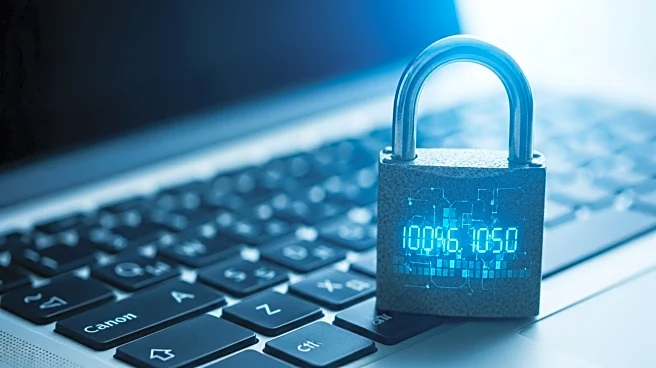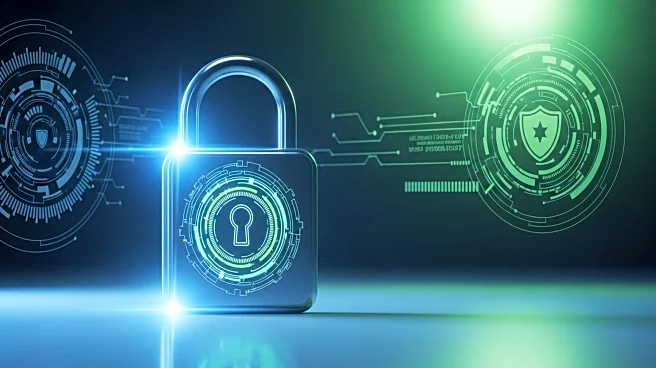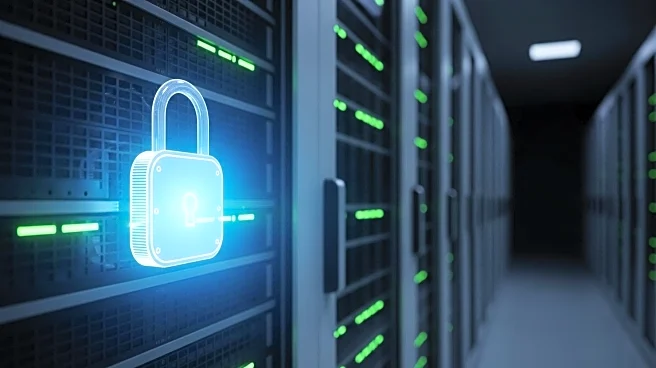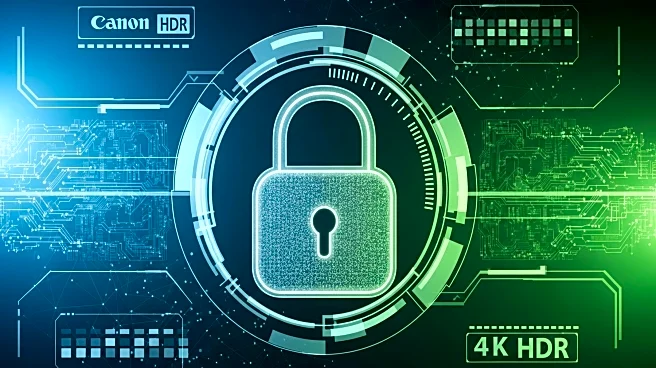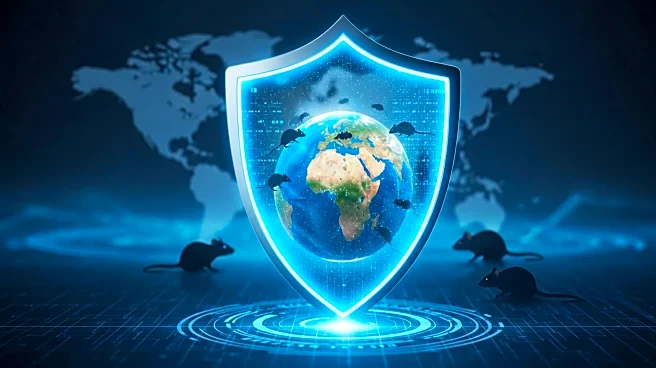What's Happening?
Advanced persistent threat groups have been increasingly exploiting the ConnectWise ScreenConnect remote monitoring and management tool to initiate network compromises. These intrusions often begin with the use of ScreenConnect's management console to create phishing schemes involving invite links or custom URLs, which lure targets into downloading malicious ScreenConnect clients. Once installed, these clients register their binary as a Windows service, enabling continued remote connectivity. Researchers have identified hostnames, encrypted keys, and IP mappings within the clients' configuration files, along with key event logs produced during the malicious activity. To combat this threat, increased vigilance is required regarding custom URLs, invite links, persistent client binaries, in-memory installer behavior, and related configuration files and event IDs.
Why It's Important?
The exploitation of ConnectWise ScreenConnect by threat groups poses significant risks to network security, highlighting vulnerabilities in remote monitoring and management tools. This development underscores the need for enhanced security measures and vigilance in detecting and preventing unauthorized access. Organizations using such tools must prioritize security protocols to safeguard against potential breaches, which could lead to data theft, system disruptions, and financial losses. The broader impact on industries reliant on remote management tools is substantial, necessitating a reevaluation of security practices to protect sensitive information and maintain operational integrity.
What's Next?
Organizations are expected to bolster their security measures by implementing stricter monitoring of remote management tools and enhancing their detection capabilities for phishing schemes. Security experts may develop new protocols and tools to identify and mitigate threats associated with ScreenConnect and similar platforms. Collaboration between cybersecurity firms and affected industries could lead to the development of more robust security frameworks, aiming to prevent future compromises and protect against evolving threats.
Beyond the Headlines
The increasing sophistication of threat groups exploiting remote management tools raises ethical and legal questions about the responsibility of software providers in ensuring the security of their products. This situation may prompt discussions on regulatory measures and industry standards to hold providers accountable for vulnerabilities in their tools. Additionally, the cultural shift towards remote work and management necessitates a reevaluation of cybersecurity strategies to address emerging threats in a digital-first environment.
